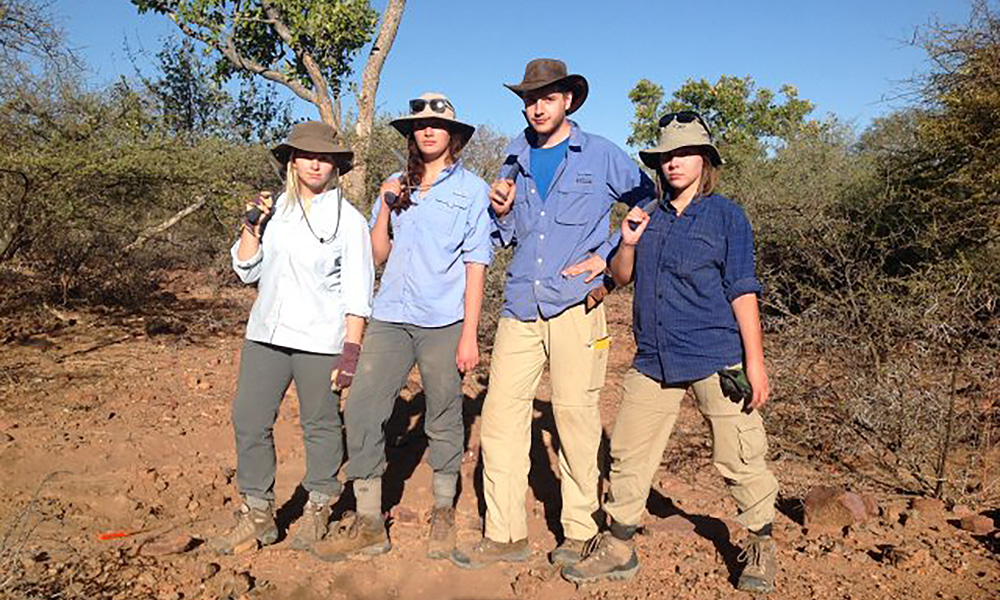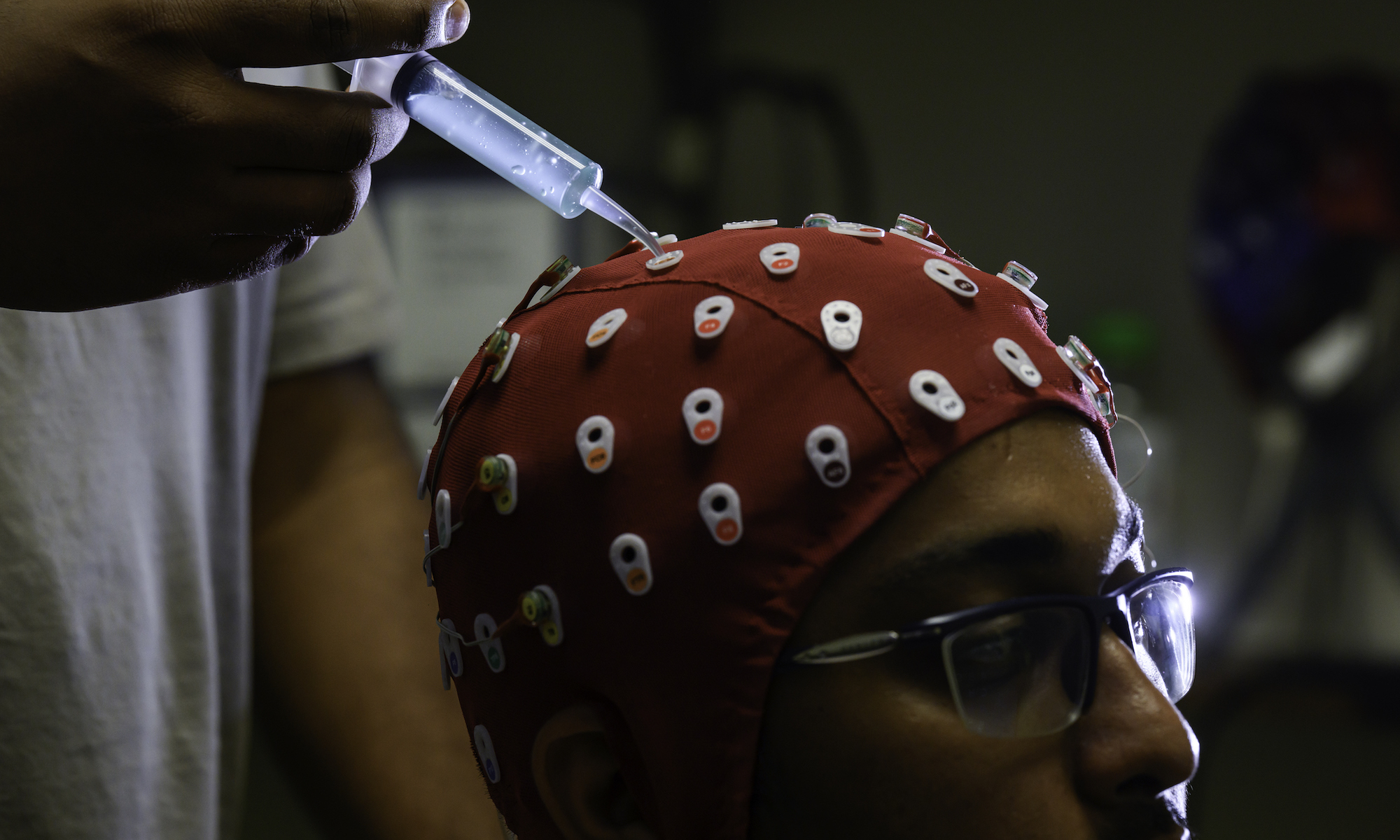Geophysicist John Tarduno has taken a group of University students to southern Africa and Australia this summer to follow up on a pair of groundbreaking findings that he had published last year.
His first stop is Africa, where he hopes to gather data on the direction of the Earth’s magnetic period from 300 to 1000 CE. That information will allow him to fill in some of the gaps in the magnetic field record and ultimately improve the mathematical models for the magnetic field.
Reversals of the North and South Poles have occurred irregularly throughout history, with the last one taking place about 800,000 years ago. Data previously collected by Tarduno suggests the core region beneath southern Africa may be the birthplace of recent and future pole reversals. That part of Africa belongs to a region called the South Atlantic Anomaly—extending west beyond South America—that today has an unusually weak magnetic field strength.
“It has long been thought reversals start at random locations, but our study suggests this may not be the case,” said Tarduno, a leading expert on Earth’s magnetic field.
Rather than relying on mathematical models, Tarduno wanted hard data on both the intensity and direction of the magnetic field, which are recorded and stored in minerals such as magnetite at the time they were formed. That data was available thanks to a ritualistic cleansing practice in Africa’s agricultural communities. The practice, which involved burning down huts and grain bins, caused clay floors to reach a temperature in excess of 1000°C, hot enough to erase the magnetic information stored in the magnetite, creating a new record of the magnetic field strength and direction at the time of the burning.
The magnetic field record is incomplete for southern Africa from 300 to 1000 CE. Tarduno is spending two weeks on that part of the continent gathering data to fill in that gap. Afterward, he and his students travel to Western Australia for a second, two-week research expedition to further his work on the earliest history of the magnetic field.
In a previous research project, Tarduno found that Earth’s magnetic field is at least 4 billion years old—about half-a-billion years older than had been thought.
“A strong magnetic field provides a shield for the atmosphere,” said Tarduno, “This is important for the preservation of habitable conditions on Earth.”
Given the importance of the magnetic field, scientists have been trying to determine when it first arose, which could, in turn, provide clues as to when plate tectonics got started and how the planet was able to remain habitable.
Six students are along on the two research trips. Sebastian Fearn ’18, Siri Goldman ’18, Susanna Chhibber ’19, Hannah Tompkins ’19, and Tim O’Brien (graduate student) will work with Tarduno in Africa; Fearn continues on to Australia, where doctoral student Richard Bono joins the expedition.




